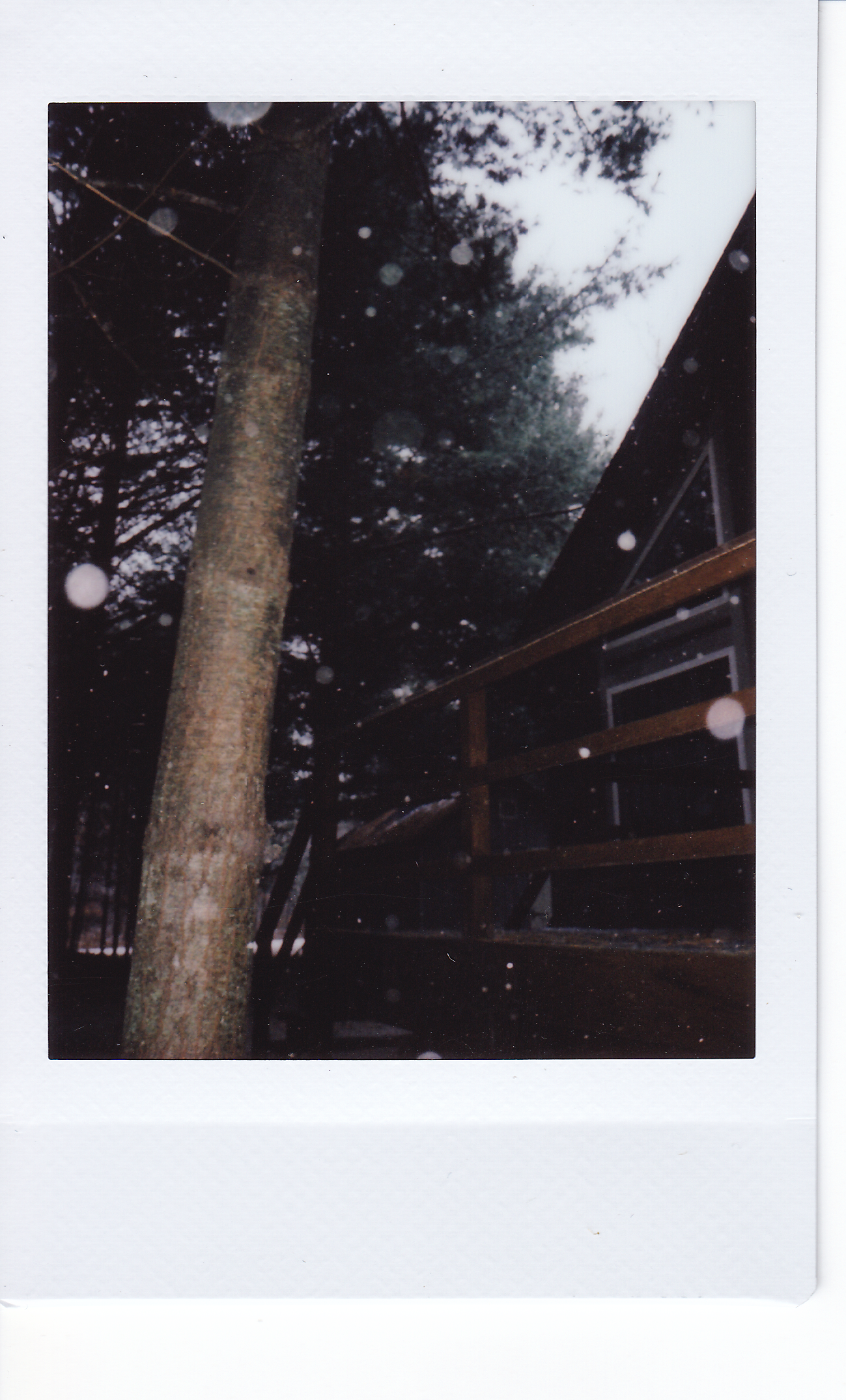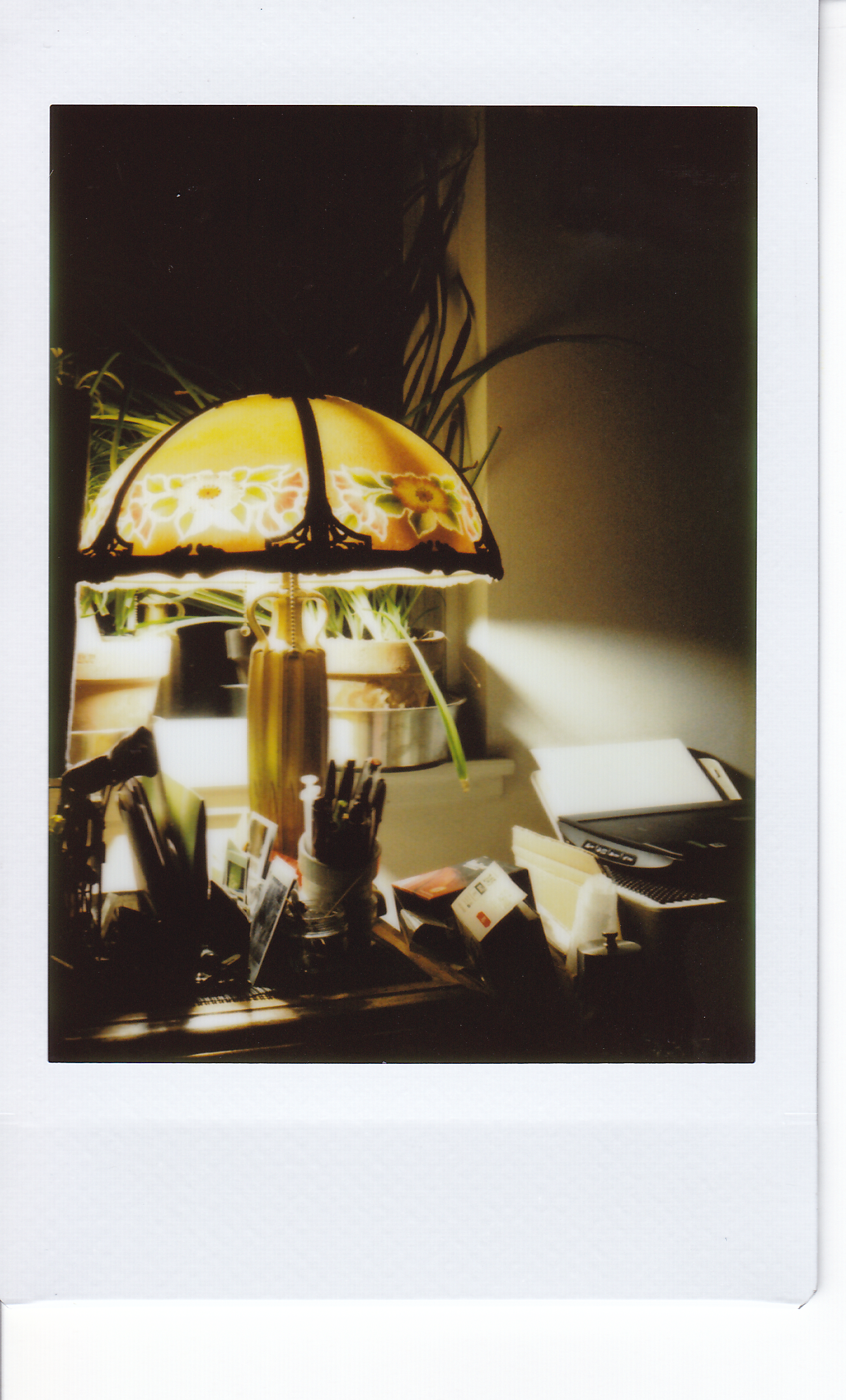Some photo galleries will emerge here, showcasing the surprising charms of instant photography, courtesy of Fujifilm’s Instax technology. (Photos began appearing in November, 2018.)
-MWctn
Gallery Descriptions
Instax Zero – My first, tentative steps with one Polaroid and two Fujifilm instant cameras: The Polaroid Mio, the Fujifilm Instax 210, and a heavily modified Fujifilm Instax Mini 90 Neo Classic, which I have christened “The PolaStat”. (More about these cameras later, as more galleries are added.) The photos of the cameras themselves were snapped with my Moto 3G, then exported from .jpeg to the .png image file format using GIMP. All of the other photos were taken using either Fujifilm’s Instax Mini, or Instax Wide instant films. They were scanned on a dedicated Canon LIDE 120 flatbed scanner at 600 dpi, saved in the .png image format, neither retouched nor manipulated in any way, and uploaded to my server, exactly as they appear to you and to me, directly from the cameras.
(Note: Any post-processing of scanned Instax photographs are merely experiments conducted for the self-education of the author, and will be noted clearly in the description appearing directly below the photograph. -MWctn)
PolaStat – This conversion comes courtesy of the multiple manipulative camera talents of Nate from Instax Options. It began life as a Fujifilm Instax Mini 90 Neo Classic, at present resting atop the Instax Mini film line of instant cameras. It is capable in its native configuration of snapping some very nice photos indeed. It features autofocus, autoflash, yet is not autodidactic, as the tech wizards at Fujifilm have programmed it for maximum success with minimal operator input. But for someone like myself who began his photographic journey many years ago now with an old Zeiss Ikon Ikonta “B” fully manual contraption, which captured 2.25″ by 2.25″ negatives on 120 roll film, nothing less than full control over the camera’s various settings would satisfy the tinkerer in me.
This conversion incorporates a Tominon 75mm-f/4.5 lens, housed in a Polaroid Copal press shutter. It has an f/stop range of f/4.5 through f/45 , and shutter speeds beginning with Timer and Bulb modes, and stretching from presets of 1 second down to 1/125th second duration. The camera has performed flawlessly since its arrival. (It’s owner, however, is still learning how to leverage that performance properly.) Nate’s workmanship speaks for itself, and I have perhaps been having a bit too much fun discovering just what Instax Mini film coupled with this camera can manage. Photos deemed worthy enough will be added as time and film rolls on.
Galleries



